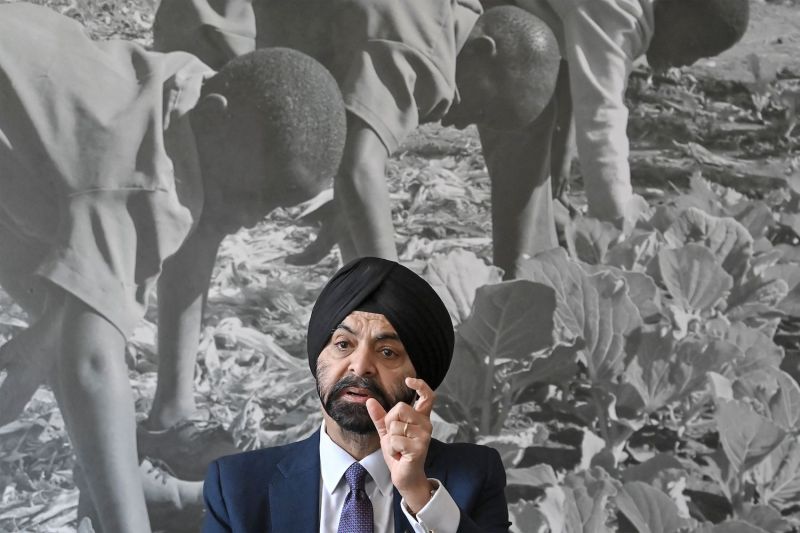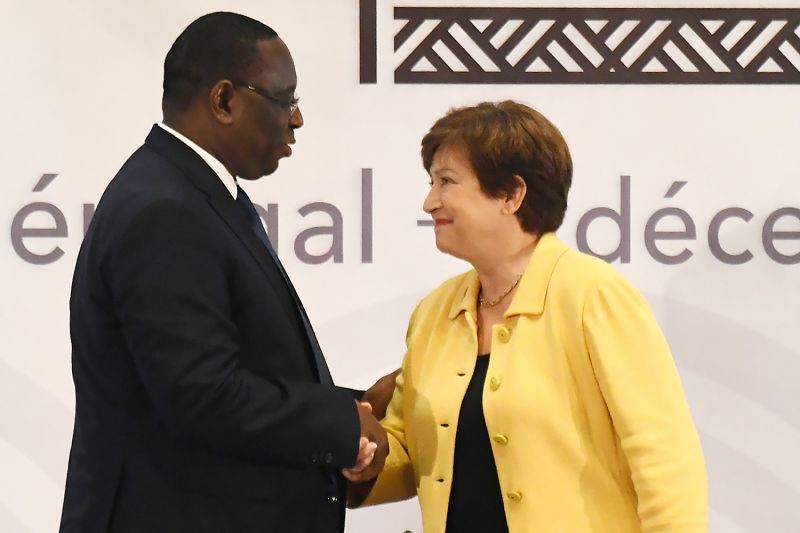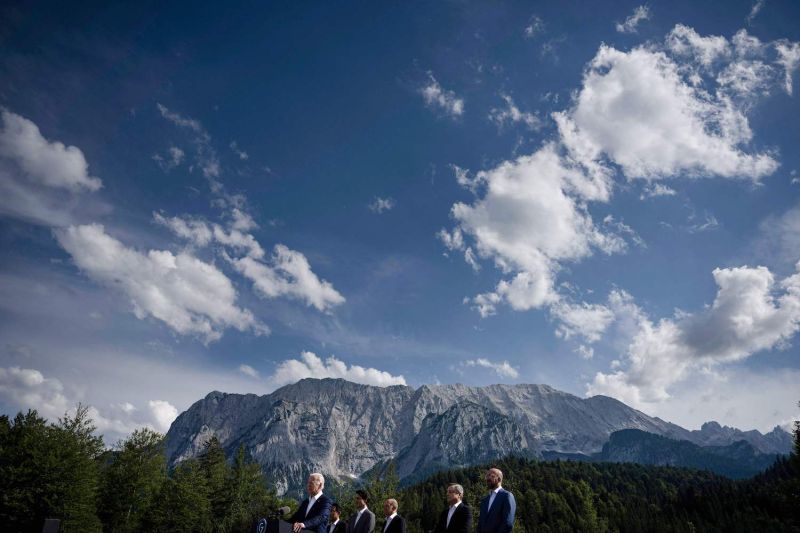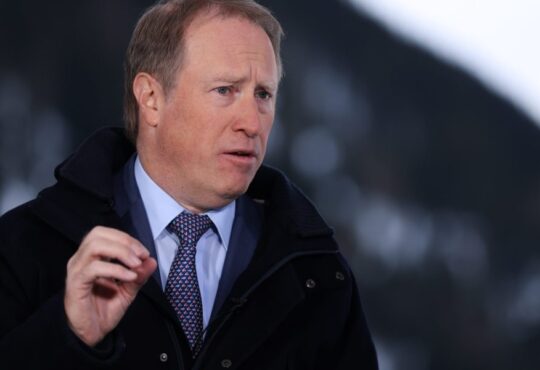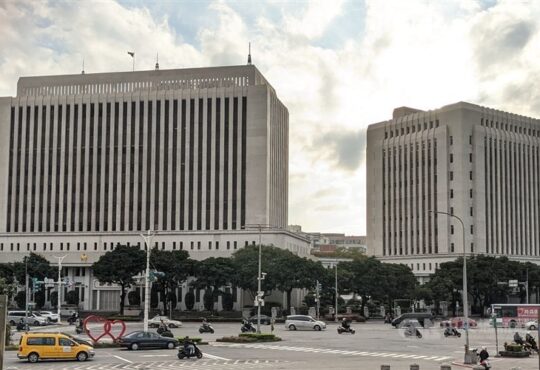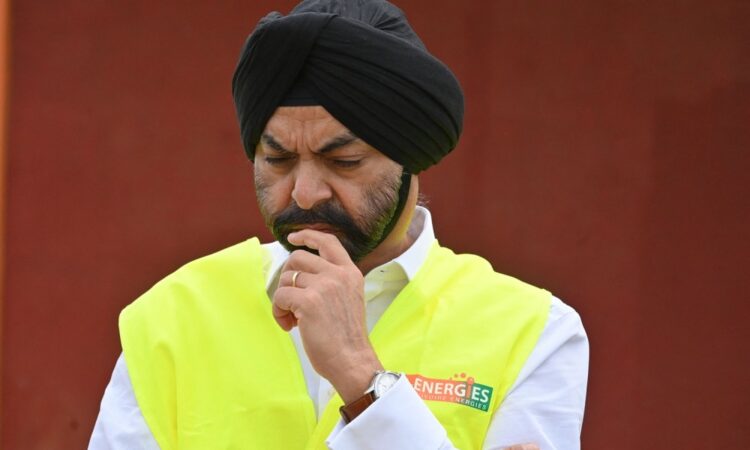
As Ajay Banga prepares to take over as president of the World Bank, there is growing tension among the bank’s members. The United States has been pressing the bank to shift its focus to lending for climate change. But developing countries, faced with mounting development challenges and the prospects of another lost economic decade, want the bank to lend more for traditional national development programs. Underlying this discord is a fundamental reality: The bank simply does not have the resources to do justice to both goals.
As Ajay Banga prepares to take over as president of the World Bank, there is growing tension among the bank’s members. The United States has been pressing the bank to shift its focus to lending for climate change. But developing countries, faced with mounting development challenges and the prospects of another lost economic decade, want the bank to lend more for traditional national development programs. Underlying this discord is a fundamental reality: The bank simply does not have the resources to do justice to both goals.
Current projections estimate that an additional $2.5 trillion of financing will be needed every year until 2030 to reach the Paris Agreement climate goals and achieve the Sustainable Development Goals (SDGs). Clearly, the World Bank’s lending (and that of other multilateral banks) needs to make a quantum leap. How can it do so?
The bank’s ability to lend faces several constraints, including the fact that its rules set a “statutory lending limit”—a maximum it can lend in proportion to its capital. The numbers involved, however, have always been arbitrary, an artifice of a compromise between the Americans and the Dutch at the Bretton Woods Conference at which the World Bank was created. Last year a report from an independent panel created by the G-20 suggested specific numeric lending limits should be removed from the bank’s statutes.
As is, the equity-to-loan ratio that determines the lending limit has tended to be excessively conservative; it currently stands at 20 percent—that is, the bank can lend up to five times its total equity. The bank could lower this ratio further—and thus increase lending proportionately—but it would possibly face the tradeoff of a lower score from credit rating agencies (from AAA to AA), which would in turn increase its own borrowing costs and thus its lending rates. Either way, the bank needs to increase its equity substantially for it to increase lending in any meaningful way.
How should it best do that? The bank’s subscribed capital has two parts: a “paid-in” part and a “callable” part. The latter is the equivalent of a promissory note by the bank’s shareholders (the member countries). In the event of some sort of financial meltdown, if the bank is unable to service its debts to its creditors (its bondholders), it can ask its shareholders for money commensurate with their share in the callable capital obligations. In practice—as a former executive director from Canada to the World Bank once put it—the callable capital is to the bank what heaven is to some religions: a very good idea, but the price of admission is death. For this reason, the callable capital is not factored in the bank’s capital adequacy frameworks. Hence, from the perspective of lending, the focus should be on sharply increasing the bank’s paid-in capital.
Since its inception, the bank has had five capital increases (in 1959, 1979, 1989, 2010, 2018), but the paid-in portion has declined steadily over time. As of 2022, just 6.6 percent ($20.5 billion) of the World Bank’s subscribed capital ($307 billion) was paid in.
The reality is that after its initial largesse of $600 million in 1949 ($7.4 billion in current dollars), the bank’s largest shareholder, the United States, subsequently invested just $3 billion in equity—a miniscule $40 million annually. In fiscal year 2022, U.S. paid-in capital is just $3.5 billion, less than half of the real value of its contribution at the time the bank was established, even as real per capita income in the United States quadrupled.
Yet, from 2010 to 2022, the United States contributed a generous $7 billion to the World Bank’s various trust funds, some of it devoted to fragile and conflict-plagued countries, which complements some of the bank’s own funding. Overall, the bank received $48 billion for trust funds over this period, an order of magnitude greater than it received in paid-in capital, which can be leveraged to a much greater degree. It is puzzling that the United States is prepared to put in billions of dollars in trust funds but a pittance as paid-in capital, even though the latter would sharply increase the institution’s lending capacity. For instance, while a $20 billion paid-in capital increase would initially increase direct leverage five-fold, over a ten-year period the additional lending capacity would be close to $200 billion, given the pace of disbursements and repayments.
The bank could also increase its equity by leveraging the combined balance sheet of its various affiliates. The Asian Development Bank’s 2015 decision to merge its concessional and non-concessional balance sheets roughly tripled its capital and increased its lending capacity by 50 percent. The World Bank could do something similar by combining the balance sheets of the International Bank for Reconstruction and Development, the International Development Association, International Finance Corporation, and the Multilateral Investment Guarantee Agency, which would effectively quadruple its capital. (Although this would admittedly require time-consuming changes in the articles of all these institutions.)
Either way, the bank needs a more creative balance sheet. There is little doubt that it needs to do more to address climate change, as U.S. Treasury Secretary Janet Yellen has called for. However, these goals have two fundamental weaknesses. One, where will the necessary resources come from? And two, the focus is far too much on supporting the supply side of climate-related investments rather than on the demand side by borrowers. Why should developing countries borrow for climate change, especially emission reductions, given the myriad pressing challenges many of them currently face, unless the lending is both additional and highly concessional?
On the first question, the bank needs a parallel capital increase with non-voting shares, funded by contributions from countries such as Norway and other sovereign wealth funds holders, redirecting the large sums going to trust funds and even private philanthropy. In response to the COVID-19 pandemic, the International Monetary Fund (IMF) issued $650 billion in Special Drawing Rights (SDRs) to its member states in 2021. But nearly 90 percent went to high- and upper middle-income countries that needed them much less; the IMF has floundered on using these resources to help poor countries. If, instead, the rich countries committed to redistributing even 5 percent of these SDRs to non-voting capital of the World Bank, expressly for lending for climate change, it could potentially be a game changer. These options would allow the World Bank to run on both legs, with its ordinary capital funding ongoing development programs and the additional non-voting capital focused on climate change. That would give confidence to developing countries that the resources for climate change are supplemental and not substitutes.
On the second point, the West could stand to learn from Beijing, albeit in a limited way. The United States and the Europeans need to realize that despite all their criticisms, China has put real resources into developing countries, including nearly $1 trillion through the Belt and Road Initiative for physical infrastructure and now “rescue loans” of $104 billion between 2019 and the end of 2021.
Yes, China’s development policies have created serious debt problems, but the reality is that while China has put in resources, the West has substituted resources with rhetoric. The contrast between the enormous resources the West has provided Ukraine with its miserliness to developing countries is impossible to deny. Unless the West changes course, it should not be surprising that many developing countries are lukewarm in their support for the West in Ukraine or Yellen’s mantra for change at the bank.

